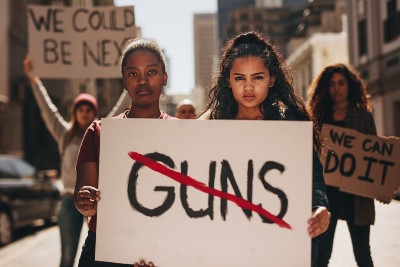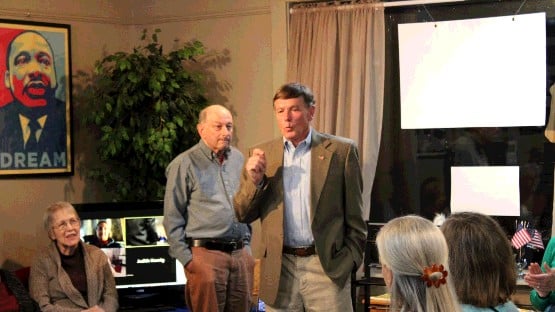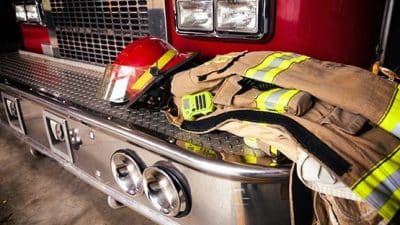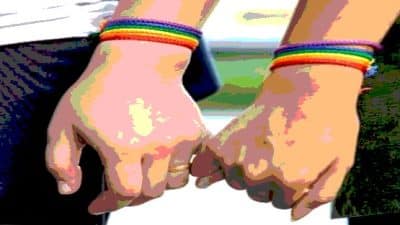
The path of the civil rights movement turned in 1963 when photos of a police dog attacking a black teen protestor ran on the front pages of newspapers across the nation.
It’s not stretching history to suggest that the reproduction of the image was a precipitating event in the walkup to the signing of the Civil Rights Act of 1964.
Filmmaker Michael Moore caught flak in 2015 for suggesting that crime-scene photos from the Sandy Hook massacre could play a similar role in flipping the debate on gun control.
Thing is, Moore was right.
We know now that nothing was done to address gun violence after Sandy Hook, that nothing was done after Parkland, that nothing will be done after Uvalde, other than the requisite “thoughts and prayers” from the people who could do something, but won’t.
It’s not that nothing can be done, despite what you hear from your Second Amendment absolutist friends, family, co-workers.
Australia, just two weeks following a 1996 mass shooting, banned semi-automatic and pump-action firearms, and put into place a buyback program and developed a centralized registry of gun owners.
Also in 1996, a mass shooting in Scotland prompted the UK to enact a ban on all handguns except for .22-caliber pistols, which themselves were later also banned.
Our neighbors to the north, Canada, responded to a 2020 mass shooting with a blanket ban on 1,500 assault-style weapons, including the AR-15 and Mini-14.
Israel has perhaps the most restrictive gun laws in the West, with prospective owners needing a government license, to be at least 27 years old, unless they’ve served in the military or national service, and even then, they have to pass a gun-safety test and have a letter from their doctor confirming that they’re of sound mind and body.
For going through all that trouble, most gun owners in Israel, which, mind you, is pretty much an active war zone, are limited to owning a single gun with a limit of 50 bullets.
You want to know why there aren’t mass shootings in Israel, Canada, the UK, Australia, now you know.
No doubt you’ve read or watched news reports detailing how family members of the victims in Uvalde were asked to provide DNA swabs to help identify their loved ones, which, you know what that means.
It was a grisly scene, is what it means.
Numbers – like 19 little babies, two teachers trying to shield them – are context, but they’re also just numbers.
The wrenching stories of family members left to pick up the pieces after losing loved ones touch our souls, but we’re almost numb now to wrenching stories, because these mass shootings happen literally every week.
The Civil Rights Act of 1964 needed a photo of a police dog attacking a teen protestor to render the reality of racism for people who had never experienced it themselves.
Story by Chris Graham










